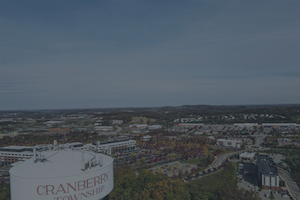Mars Robotics Association designs space colony
MARS — Eivin Vojtko, 11, said when the Mars Robotics Association’s elementary-aged members designed their space colony, they knew that the windmills’ blades would need to be placed on top, instead of the side.
“If we build it like a normal windmill, we don’t know which way the wind is going to blow,” he said. “This way, it doesn’t matter which way the wind is coming from.”
The windmills were just two of a selection of structures that makes the Mars Robotics Association’s space colony project. The group entered into the Cosmic Leap Foundation's Space Colony Competition, and spent eight sessions across eight weeks designing the colony.
The competition asks children to design a space colony fit to live 100 people. Resources such as power, food and water must be considered in the colony’s design.
After its completion, the children got to meet the Martian architecture team from NASA, where they got the opportunity to learn about real challenges the agency is facing when designing a long-term colony.
Eivin gave a brief tour of the colony, named the “United States of Bob,” alongside Henry Broeren, 10. The two discussed some of the features of the colony, such as the rocket being repurposed into living quarters.
“They have a place to sleep, and a gym and a kitchen,” Henry said. “It’s better than the rocket being put in the junkyard.”
Keri Broeren, Henry’s mother, said the association offered a social aspect and some competitiveness while still being educational to the children involved. Henry is her second child to join the association.
“A lot of schools have started their own robotics club, but we like this one,” Broeren said. “It gives my kids a chance to meet people they wouldn’t otherwise.”
The colony was just an off-season activity, as the association is focused between August and January with a competition. Now that the space colony project has finished, the children have moved to design Martian rovers.









